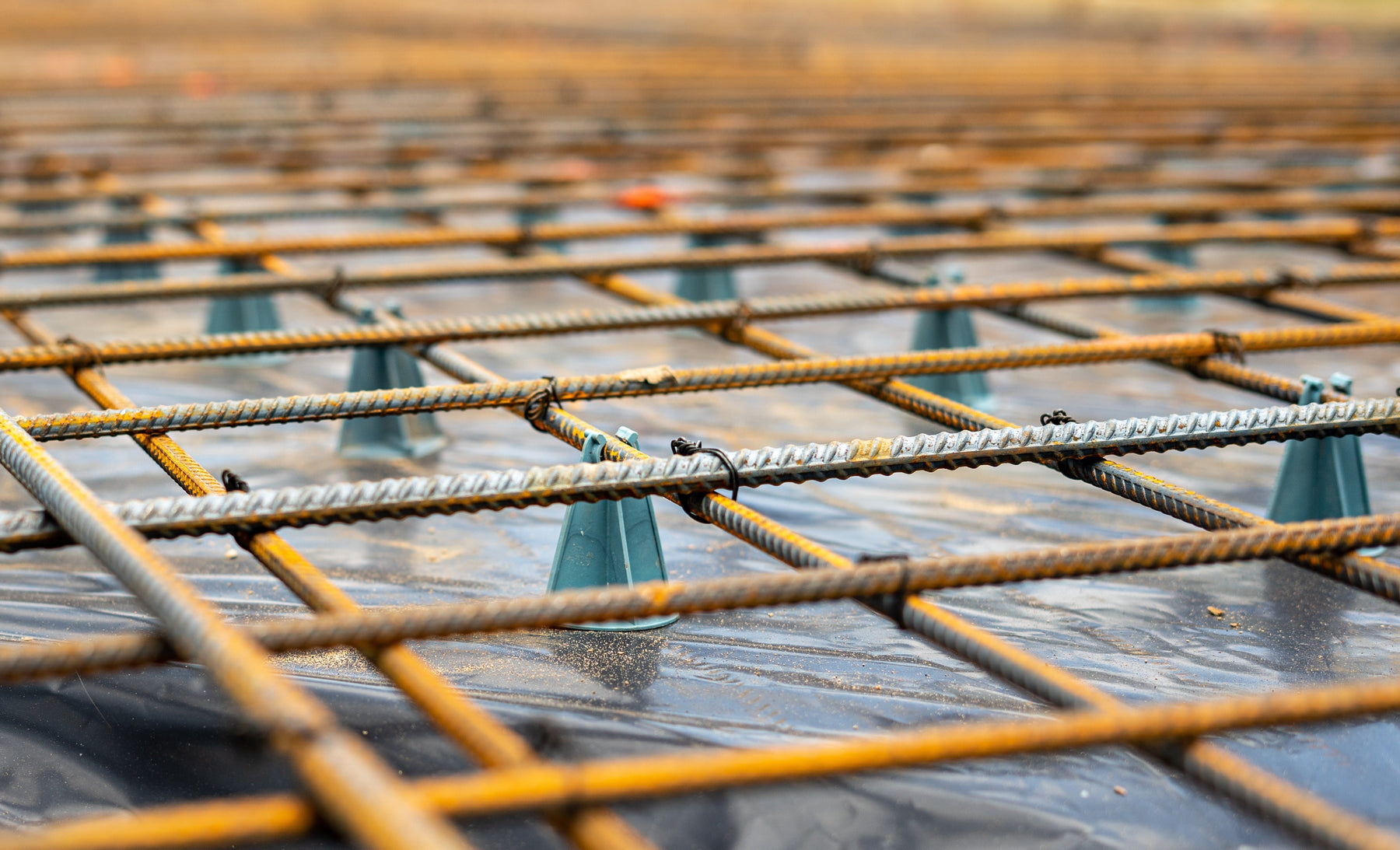1-800-540-905
Info@HomesteadSupplier.com
7am-4pm Pacific Time Mon-Fri
1-800-540-9051
Info@HomesteadSupplier.com
7am-4pm Pacific Time Mon-Fri
1-800-540-905
Info@HomesteadSupplier.com
7am-4pm Pacific Time Mon-Fri
1-800-540-9051
Info@HomesteadSupplier.com
7am-4pm Pacific Time Mon-Fri

Learning how to anchor a greenhouse is a crucial step in ensuring its longevity and stability. Proper anchoring protects your greenhouse from strong winds, storms, and other environmental factors that could cause damage.
In this article, we'll explore various methods to anchor your greenhouse. From using rebar for simple stability, securing bases with timbers and L-bolts, to DIY rope-and-rebar techniques, we'll cover it all.
What this article covers:
Our findings show that rebar anchoring is a straightforward method that offers reliable stability for greenhouses. By driving steel reinforcing bars into the ground at strategic points around the greenhouse frame, you can secure the structure effectively. This method is especially useful for smaller greenhouses or those situated in areas with moderate wind conditions.
To implement this, insert rebar rods at a 45-degree angle into the ground, ensuring they penetrate deeply enough to provide a firm hold.
Attach the greenhouse frame to the rebar using strong wire or clamps. Regularly inspect the rebar for signs of rust or movement, and replace or adjust as necessary to maintain stability.
If you're working with a compact footprint, the 8x8 Greenhouse from Homestead Supplier offers a manageable size and sturdy structure ideal for rebar anchoring in mild to moderate climates.
Using timbers and L-bolts provides a sturdy foundation for your greenhouse, enhancing its resistance to environmental stresses. This method involves constructing a wooden frame base and anchoring it to the ground with L-shaped bolts, offering both stability and durability.
Begin by laying out pressure-treated timber to form the base perimeter of your greenhouse. Drill holes at regular intervals and insert L-bolts, securing them into the ground. Attach the greenhouse frame to this wooden base, ensuring all connections are tight and secure.
The EZ-Fit Greenhouse is well-suited to this anchoring method, as its wooden frame design complements a timber-and-bolt setup, offering increased durability and a charming, rustic aesthetic.
For those who prefer a hands-on approach, rope-and-rebar anchoring is an effective DIY method. This technique combines the use of rebar stakes and strong ropes to secure the greenhouse, offering flexibility and ease of installation.
Drive rebar stakes into the ground at each corner of the greenhouse. Use durable ropes to tie the greenhouse frame to these stakes, ensuring the ropes are taut and the structure is stable. This method is particularly useful for temporary setups or in areas where permanent anchoring solutions are not feasible.
Our research indicates that embedding your greenhouse structure below the surface can offer natural protection against wind and weather. By partially burying the base or constructing it within a shallow trench, you can reduce exposure to environmental forces.
Excavate a trench around the perimeter where the greenhouse will sit. Place the base frame into this trench and backfill with soil, ensuring the structure is level and secure. This method not only anchors the greenhouse but also provides insulation benefits, maintaining a more consistent internal temperature.
In regions prone to extreme weather, employing robust anchoring systems is essential for greenhouse survival. Utilizing heavy-duty ground anchors or concrete footings can provide the necessary stability to withstand high winds and storms.
Install ground anchors at each corner and along the sides of the greenhouse, connecting them to the frame with steel cables or straps. Alternatively, pour concrete footings and secure the greenhouse frame using anchor bolts embedded in the concrete.

Securing a greenhouse kit to the ground involves several key steps to ensure stability and longevity. Begin by choosing an appropriate location that offers level ground and good drainage. Prepare the foundation by clearing debris and leveling the area, then install securing cables or anchors as recommended by the kit manufacturer.
Follow the assembly instructions carefully, ensuring all components are properly connected and tightened. Use the provided anchors or purchase suitable alternatives to secure the base to the ground. Regular maintenance checks are important to ensure all anchors remain secure over time.
Selecting the optimal location for your greenhouse is crucial for its effectiveness and durability. Aim for a spot that receives ample sunlight, has good air circulation, and is sheltered from strong prevailing winds.
Avoid low-lying areas prone to water accumulation, as excessive moisture can damage the greenhouse structure and affect plant health. Consider the proximity to water and power sources, as well as ease of access for maintenance and harvesting.
Based on our observations, a solid foundation is the backbone of a stable greenhouse. Depending on your budget and needs, options include concrete slabs, gravel beds, or wooden frames.
Ensure the foundation is level and properly compacted to support the greenhouse structure. A well-prepared foundation prevents shifting, settling, and potential damage from environmental factors.
Securing cables add an extra layer of stability to your greenhouse, especially in windy conditions. These cables connect the greenhouse frame to ground anchors, distributing stress and preventing movement.
Install cables at strategic points around the greenhouse, ensuring they are taut and securely fastened. Regularly inspect the cables for wear and tension, adjusting as necessary to maintain optimal stability.
Anchoring your greenhouse effectively is essential for protecting your investment and ensuring a stable growing environment. By employing methods such as rebar stakes, timber bases with L-bolts, DIY rope-and-rebar techniques, or building below the surface, you can enhance the resilience of your greenhouse.
In areas prone to extreme weather, robust anchoring systems like ground anchors or concrete footings are recommended. Always choose an appropriate location, prepare a solid foundation, and install securing cables to maintain the integrity of your greenhouse over time.
Find the right greenhouse for your climate at Homestead Supplier.
If you want to learn more, why not check out these articles below:
Compare products
{"one"=>"Select 2 or 3 items to compare", "other"=>"{{ count }} of 3 items selected"}
Leave a comment